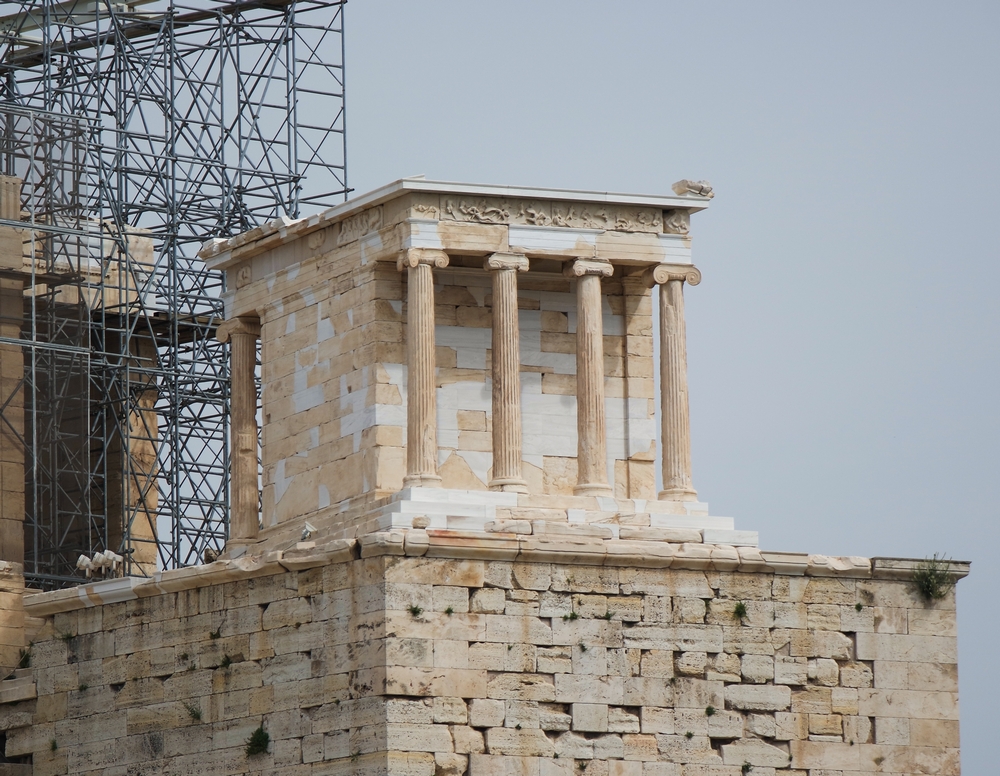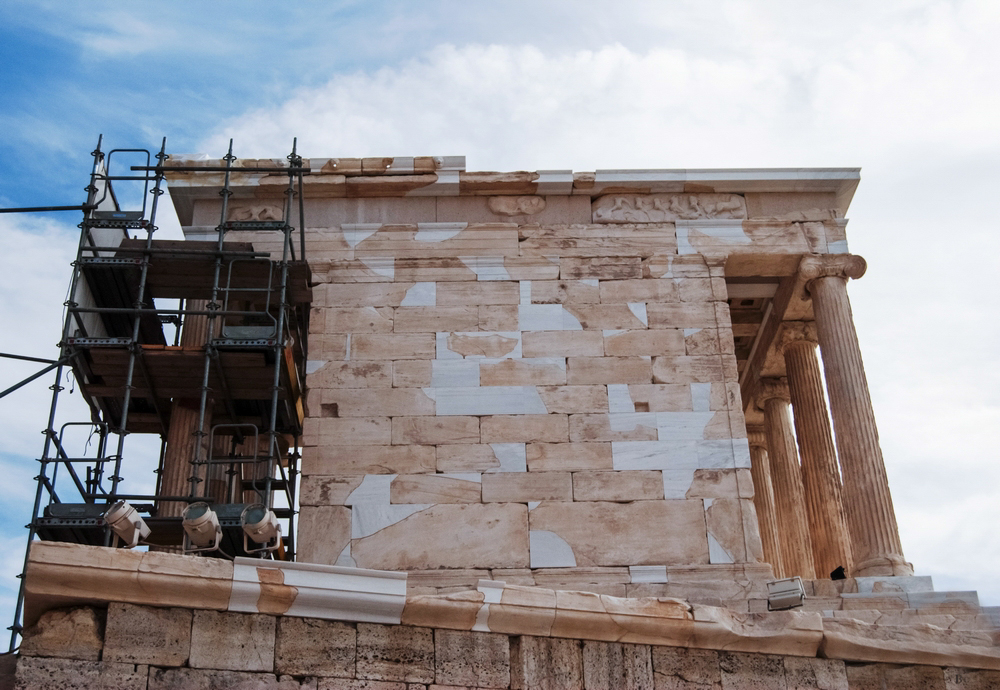Temple of Athena Nike (Apteros)
The Temple of Athena Nike is of Ionic order and is located in the Acropolis. It was built to commemorate the military victories of the Athenians.
Location
Timeline
Modern and Contemporary era (1821 - )
1835 The first restoration by Ludwig Ross, Christian Hansen and Edward Schaubert began with serious mistakes and omissions.
1935 100 years later, Nikolaos Balanos restored it from scratch, a fact that led to new discoveries about the history of the temple.
1997 Beginning of third restoration.
1998 The frieze was transferred to the museum. Parts of the frieze are in the British Museum.
Ottoman era (1453- 1821)
It was converted into a powder keg.
Byzantine era (331 AC- 1453)
In the 5th century AD it was converted into a Christian church.
Roman era (30 BC- 330 AC)
Hellenistic era (322- 31 BC)
Classical era (478-323 BC)
426 BC Beginning of construction.
421 BC Completion.





Share